Eva Lopez Rock Climbing Injury Prevention Interview Part 2 of 2
I had the opportunity to pick Eva Lopez’s brain on her thoughts on preventing climbing injury. Eva has an amazing wealth of knowledge on training for climbing and preventing injury.
She hosts an information packed blog at: http://en-eva-lopez.blogspot.com/
Check out part 2 of 2 of the interview below. It is an extremely detailed look ant preventing injury. Enjoy:
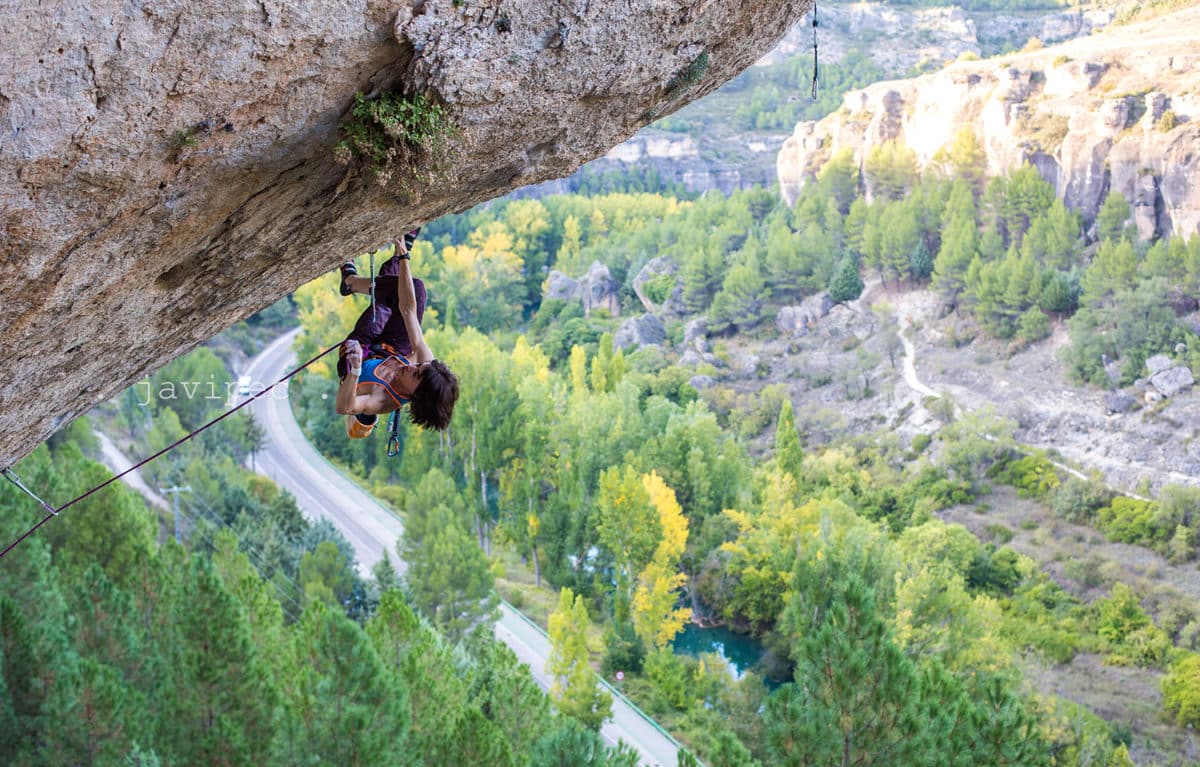
If climbers choose to hangboard, can you give some tips and suggestions so that they can perform it with less injury?
Hangboarding is not fundamentally different from other training means in this respect. First of all, there’s an obvious but often disregarded step: Asking yourself if using a fingerboard is advisable given your current conditions. Have you been climbing routinely and systematically for at least two years so that your tissues are adapted? Do you already have a basic technical repertoire and more than 16 years of age?
If the answer is yes, the risk of injury due to dead-hanging is the same as other methods’ if we don’t execute, schedule and manage the load properly. Someone new to fingerboarding should opt for the easiest method that can still produce benefits, most probably something low volume, unweighted and avoiding failure.
If the objective is maximum strength with emphasis on neural adaptations rather than muscular hypertrophy, the edge size and, if applicable, added weight will allow completing each repetition while scrupulously observing the pre-established margin (number of extra seconds that would lead to exhaustion should we keep hanging); it has been shown that leaving a couple of repetitions or some seconds of margin before muscle failure has similar effects and the chance of hurting oneself is reduced.
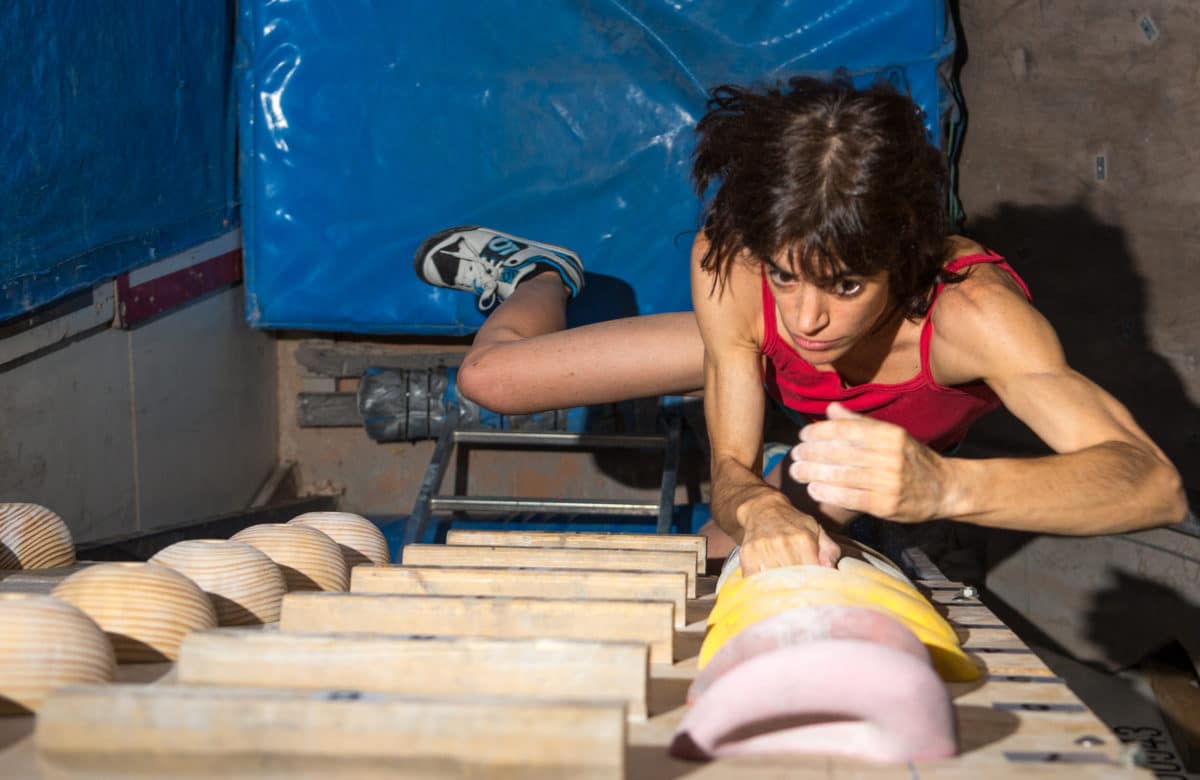
This does not mean that training to failure is always inadvisable, though. It has its place if we possess a long training background, have successfully experienced all possible margins (say, from 5 to 1 second), and want to improve our strength-endurance and maximum strength via hypertrophy.
When the goal is to work our strength-endurance through an intensive and moderate-volume method like my “intermittent dead-hangs”, edge depth and/or additional weight have to let us perform all the repetitions, and we need to adjust the load (on the fly if necessary) so that we achieve failure, but only in the last repetition of the last set.
The execution of the exercise gives us clues about the current choice of intensity; flexing the elbows, raising the legs or the chest, shrugging, extending the fingers… mark the point where we can lower the load, maintain it just for this occasion, or risk an overuse syndrome in our fingers, elbows and even neck and shoulders.
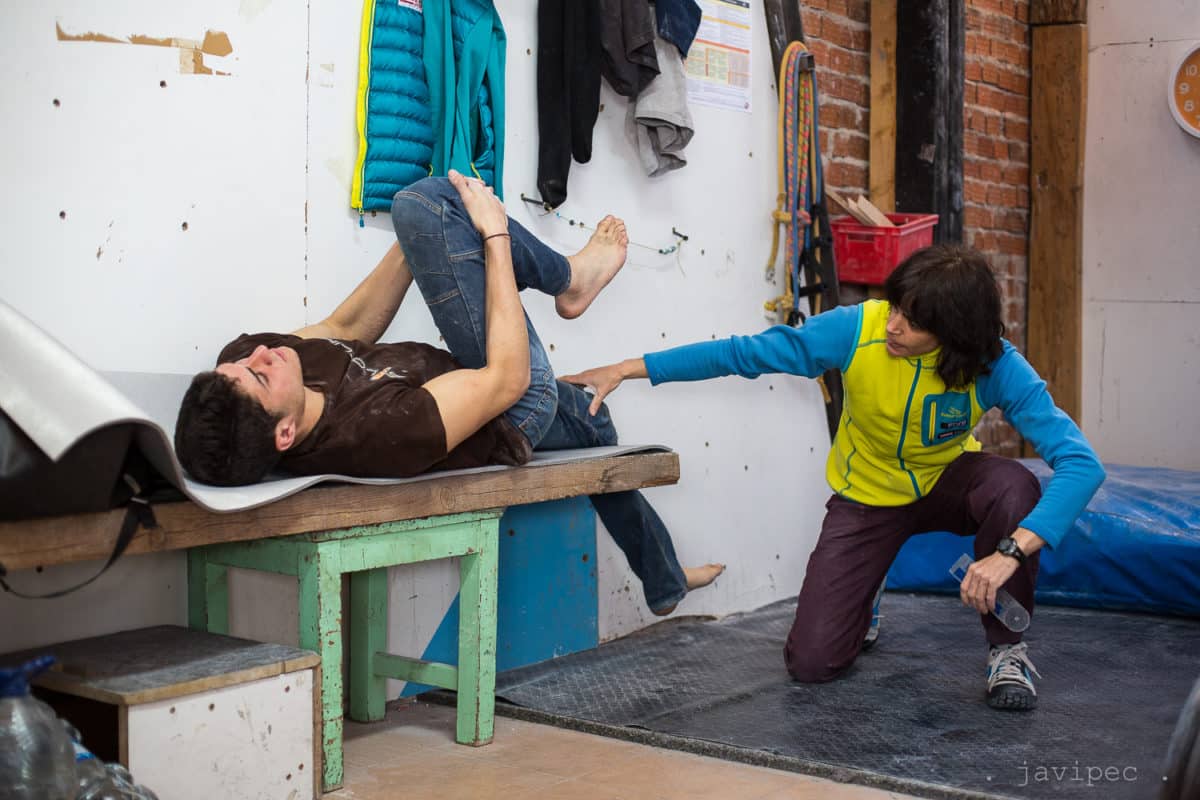
Photo by Javipec
How important are movement patterns in the way we move on the rock wall and train in relationship to climbing stronger and preventing injury?
They are fundamental, and it’s funny how unaware we are that the way we climb and train, which exercises we pick and even our daily behavior have a direct impact on our development as climbers. Every day, each exercise, counts; and the succession of good and bad habits and movement patterns has an impact on what we are and we can become. This is a very complex issue with lots of practical implications; if I had to put it shortly, I’d say that choosing the patterns and exercises that better fit us and learning how to correctly perform them are two key aspects of load management and thus, of our progression. Firstly, because they condition the effects of training, and secondly because they imply a set of abilities related to staying healthy and motivated, improving our performance, like analysis, self-knowledge and self-criticism, body control…
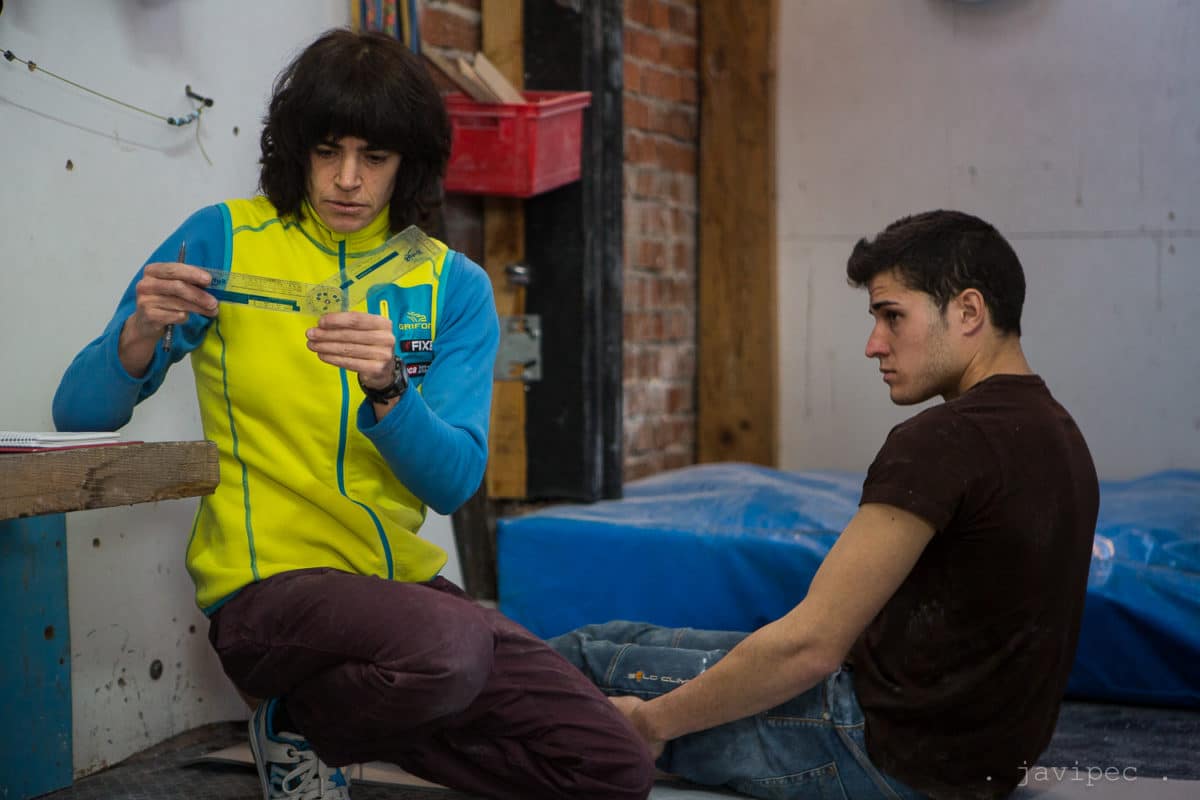
I study each exercise with my athletes, not only to assess intensity, but also to detect errors and physical signs of fatigue detrimental to execution, that can compromise the original goal or cause an injury. One instance of this would be flexing the elbows and inducing wrist extension when dead-hanging, a biomechanical trick that tries to compensate the extension of the fingers due to fatigue; several areas are negatively affected: the wrist extensors are overloaded, upper trapezius as well if we “shrug”, and the shoulders if we “let go” of the scapular muscles. The risks range from lateral epicondylosis to compression neuropathies in the elbows to impingement syndrome in the shoulders. When the athlete uses his or her own weight there are also some common issues; the hanging leg raises on the rings are a good core exercise, but we need first to have strong shoulders and lats or our shoulders will end up hurting; similarly, flyes on the rings promote shoulder and chest power, but if our core is not strong enough our lower back is going to struggle if we don’t raise the rings or just switch method.
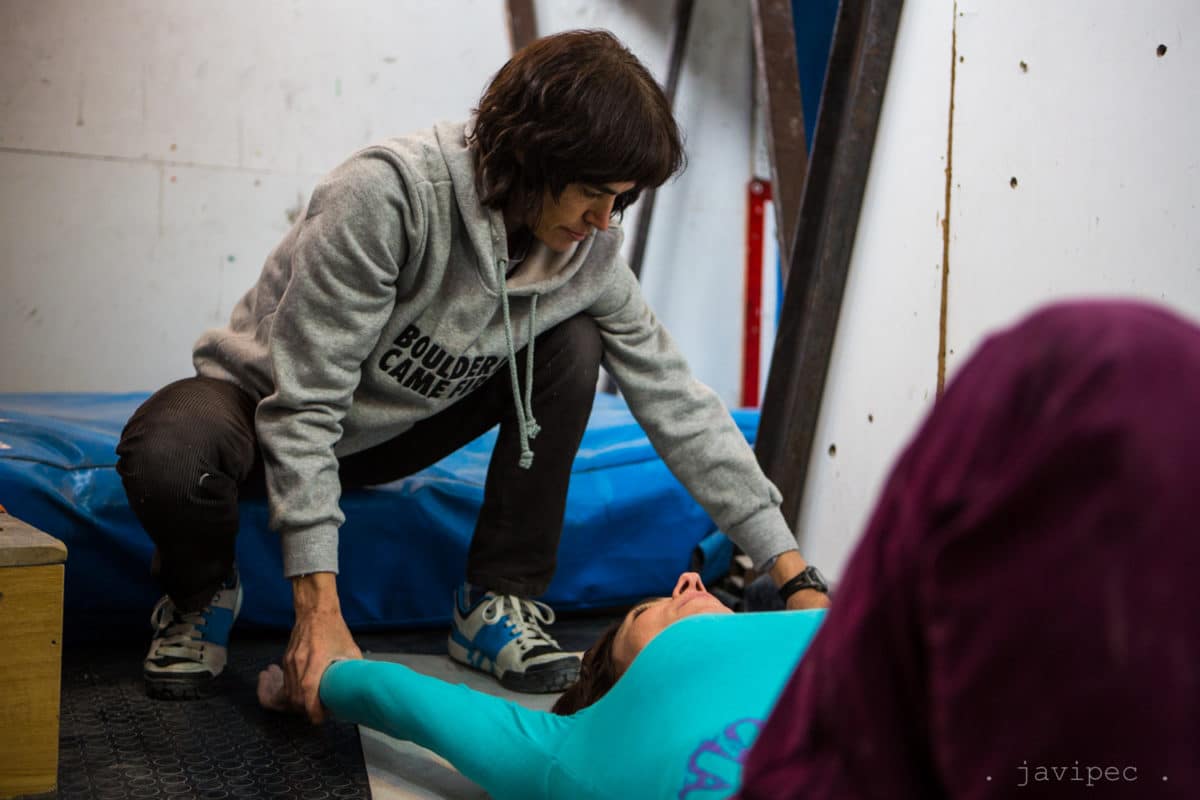
We can find more examples of the importance of gestures looking at grip types: if we insist on crimping a big sloper or a wide pinch instead of working our open hand, compression and body positioning, our joints (and our bag of tricks) will suffer in the long term. Abusing of drop-knees won’t help either our pulling force and dynamism, and is dangerous for the colateral ligaments of the knee. It is also frequent to see someone climb with a very static style, sometimes due to the need of “controlling” every move, even while onsighting or in big overhangs; the elbows and fingers can hurt, and efficiency is impaired because grip time is extended to position the feet, and momentum is lost.
Another frequent example is the climber who has developed a style where the upper body and hip rarely rotate and tend to face the wall all the time, because they started to climb at crags where horizontal edges are the norm, or at a gym where the holds were horizontal as well (routesetting is important for health also); they naturally try to apply this technique to different climbing situations, even when a sidepull or a tufa call for rotating the trunk. Lack of repertoire promotes failure, and epicondylalgias due to wrist extensors and pronator teres overload, or pain in shoulders and psoas can arise.
While all this sounds reasonable, when it comes to sending a project we don’t always want to wait for our weak points to improve so that we show a better style when we come back. We can continue climbing “the way we always have”, because in the short term we are going to be more effective; but many things can be tried while training or warming-up at the crag, to finally apply them to harder climbs. This way our gamut of perceptive, motor, tactical, psychological and physical resources expands as it’s meant to, and we become bit by bit stronger, better climbers.
How important are daily prevention exercises in the long-term health of a climber?
Their importance is unquestionable, but there’s a caveat: excessive attention to prevention mustn’t become a hurdle. What do I mean with that? Focusing too much on avoiding injury can make us vulnerable and fearful, so finding the right balance is key. A good strategy is to realize how helpful they are and integrate them as yet another item in our daily routine. Personally, I have been doing whole sessions aimed to preventing certain specific injuries for the last 15 years. It’s true, I have not been able to avoid them completely, but some of them have been delayed (I underwent shoulder surgery due to SLAP after 22 years of climbing) and others have seen their severity diminished thanks to said routines.
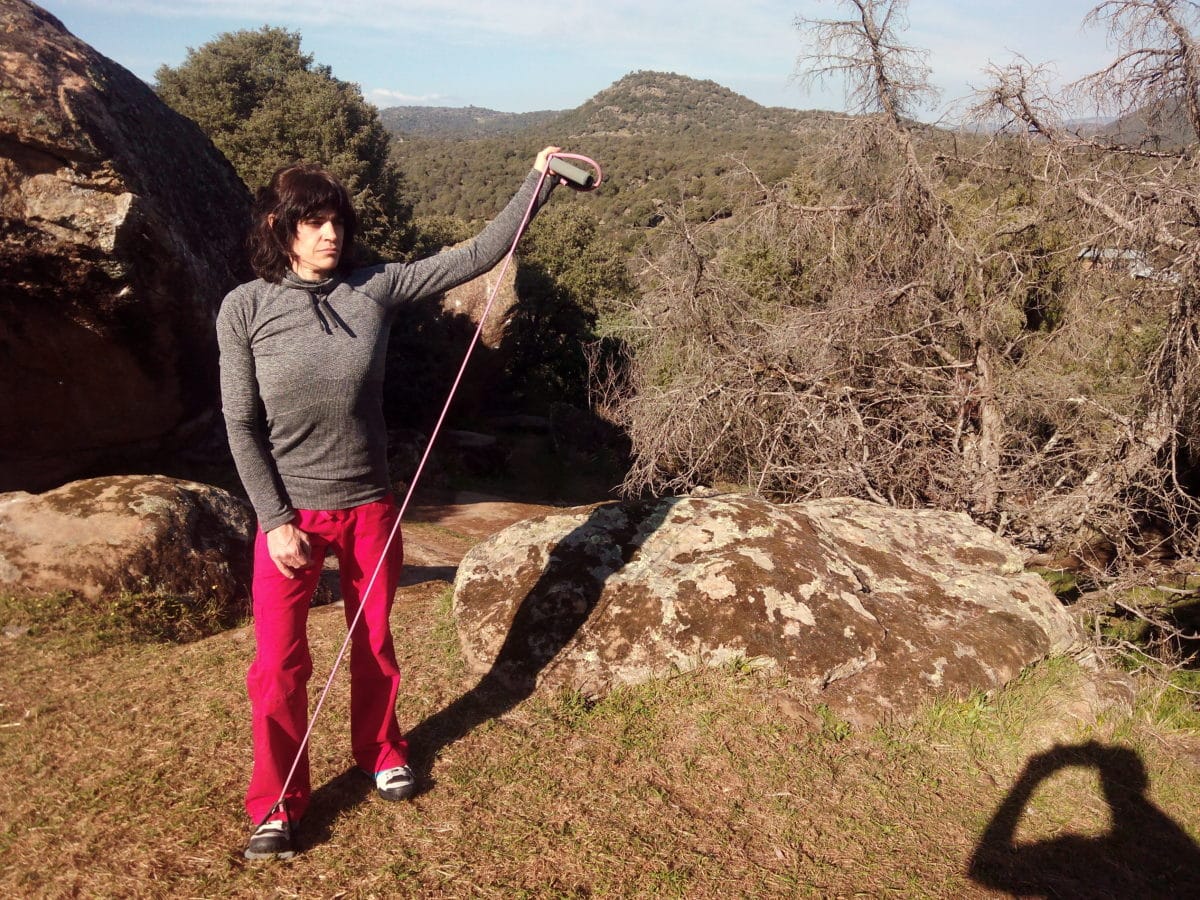
Something we must remember, especially when in doubt, is that a lesion always delays or stalls our planning. The risk of having to invest time in healing, rehabilitation and readaptation outweighs the inconvenience of leaving that try or that last set for a better occasion. Sometimes we tax ourselves because we want to fast track our development, and a slowdown is what we get.
Don’t succumb to the lure of those advanced methods and devices used by more advanced climbers. Chances are that we will get hurt, and the time when we are prepared to start trying those feats will be set further in time; something of an irony, isn’t it? The worst part of it is when the effects of being in such a hurry are so bad that we won’t be able to aspire to that level anymore, or our trainees (I’m thinking mostly about kids here) won’t either.
Some prevention strategies deserve at least a mention:
a) systematically training the areas most related to performance: fingers, upper body and core;
b) compensatory and preventative training, like proprioceptive work of shoulders and wrists, and especially in the case of female boulderers, knees and ankles; promoting strength and endurance of the scapular muscles, finger and wrist extensors, knee flexors and of those structures previously injured or weak; lastly, mobilization of shortened or tense zones;
c) individualized, thoughtful planning;
d) instruction on load management;
e) basic hygiene rules, like not skipping any stage when warming-up, especially when it is cold, or at a bouldering competition…
f) learning how to correctly execute each exercise;
g) managing motivation: some sources of motivation and some ways of interpreting stimuli can end up in asking too much of ourselves, overload, burnout and even quitting.
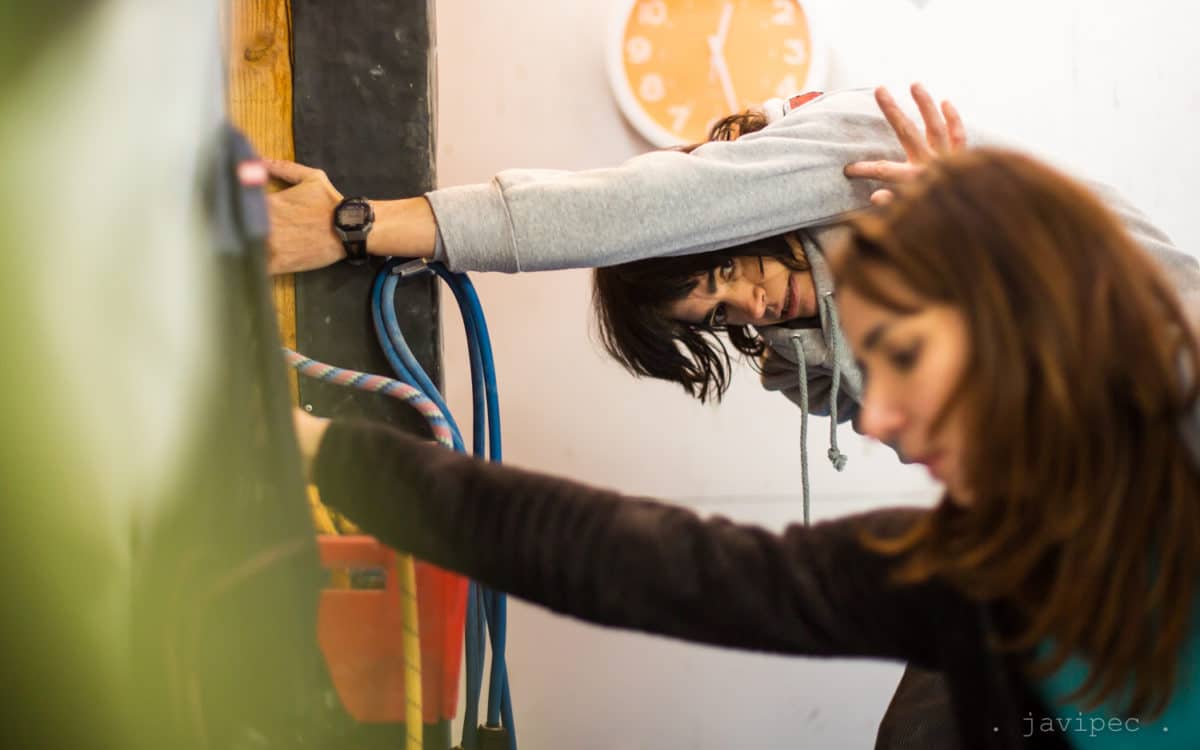
Photo by Javipec
In the end, we need to realize that on the one hand, prevention is not an action, it’s an approach and a way of training. On the other hand, as the researcher L. Burke puts it:
“There are so many factors that influence every scenario to think that a simple solution will fix everything”
Avoiding injuries is complex and should be approached from several fronts (not just exercising, or just managing intensity…). But let’s be clear, absolute control is a chimera, so be prepared for the time they show up, because they most likely will. And then our job will be to take advantage of the path we will have to walk, and emerge from it wiser and stronger than we entered it.

Eva López
Climber, Climbing Coach and Ph.D. in Sport Performance
https://www.facebook.com/EvaLopezcoach
https://twitter.com/evalopezcoach
Consulting, lectures, workshops and articles: evalopezcoach@gmail.com
- Disclaimer – The content here is designed for information & education purposes only and the content is not intended for medical advice.



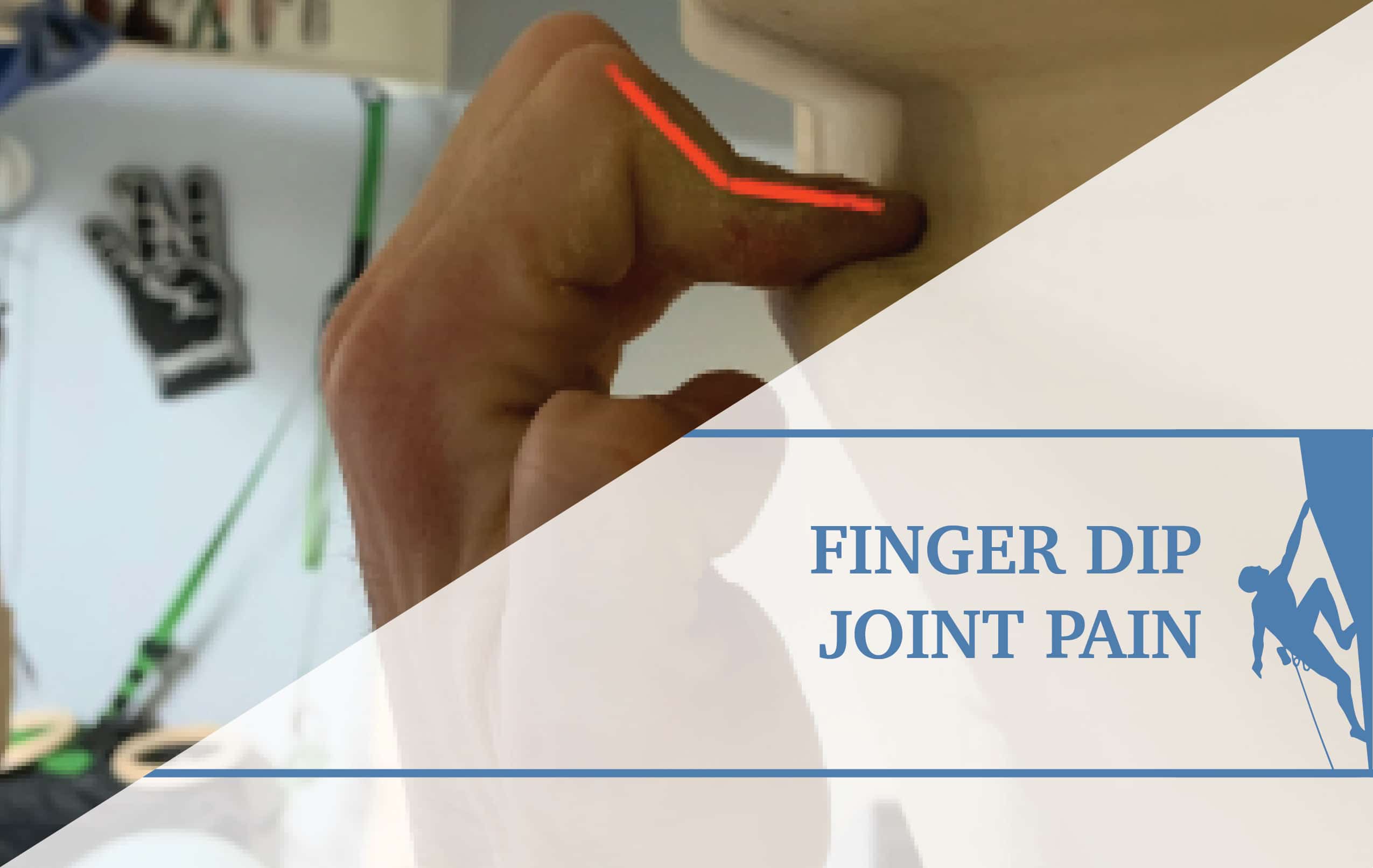
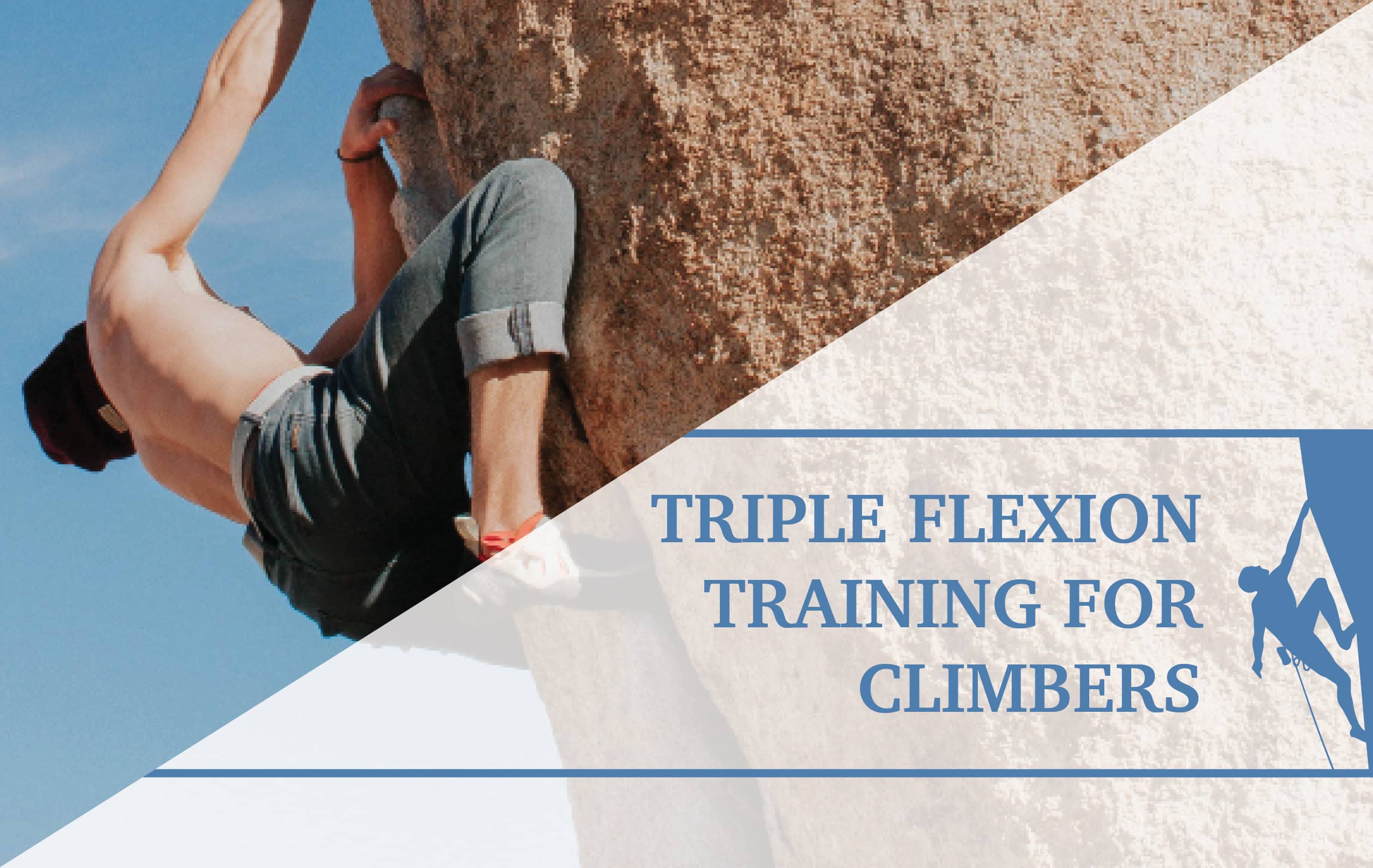
[…] Full Article: Eva Lopez Climbing Injury Prevention II […]